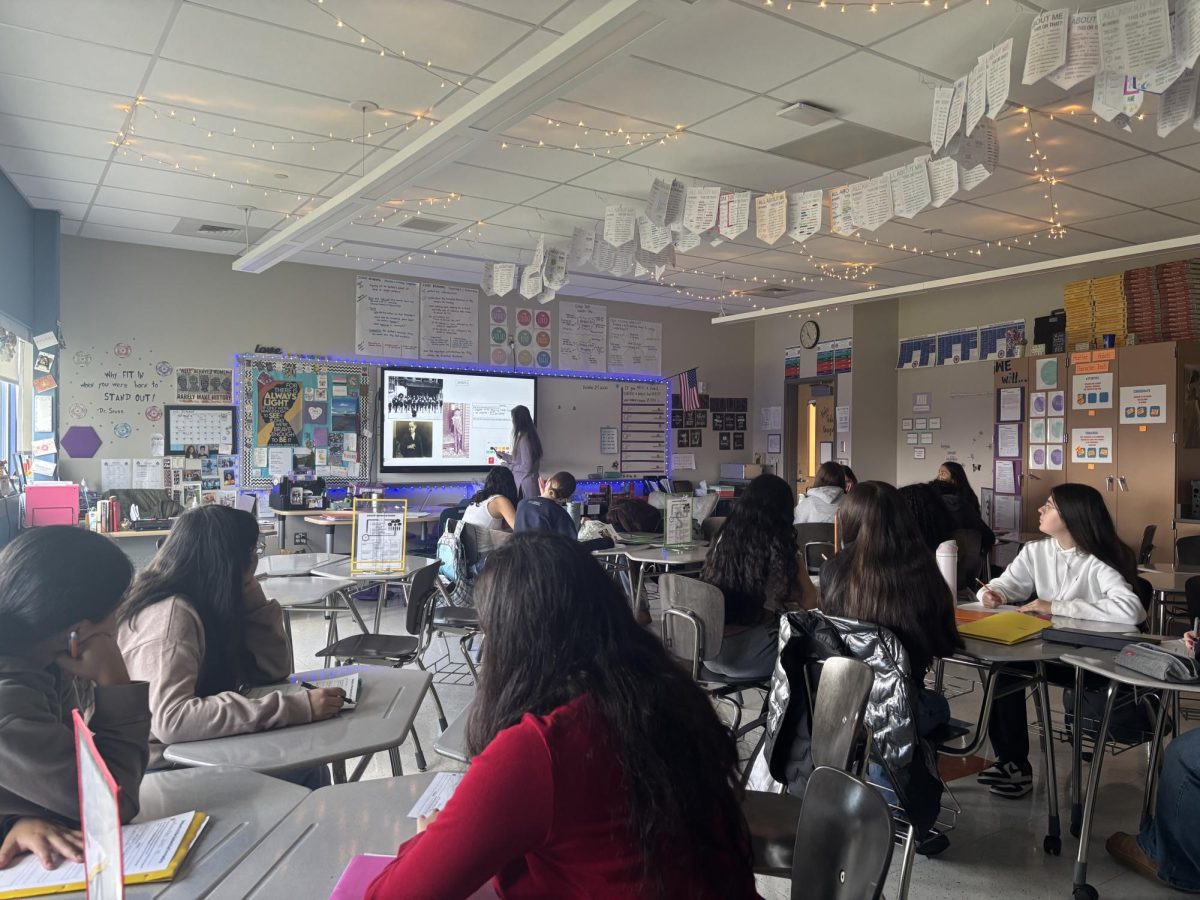Annual Women’s March in NYC more inclusive
January 29, 2018
On Saturday, January 20, protesters flooded the streets of Manhattan on the one year anniversary of Donald Trump’s presidential inauguration. In 2017, the first march took place, but there was a multitude of shortcomings which resulted in confusion and opposition to the march in general. Many people believed that last year’s march focused solely on white feminism, and lacked in areas regarding women of color, transgender women, and women in the lower classes.
This year, the women’s march was noticeably more inclusive than the year before. There has been this overwhelming misconception that the women’s march is simply about advocating for women empowerment and nothing else. Although the women’s march is about equality, it is a revolution that comes from opposition to bigotry, misogyny, fascism, racism, and xenophobia. The march is a peaceful protest put in place to resist the corrupt government, which is a right granted to us in the constitution.
The #MeToo movement initiated last year when an abundance of women came forward accusing public figures of sexual misconduct. Hollywood is facing one of the biggest epidemics of its history, with directors, actors, and screenwriters getting fired over these accusations, and some even getting jail time.
At major social events, such as the Golden Globes, women dressed in elegant black clothing, and male supporters of the movement wore pins on their jackets that read “Time’s Up.”
With these events coming just weeks before the movement, the crowd at the march was populated with signs about abortion, rape, and more specifically, quotes that directly called out the president’s adamant ostracization towards these victims.
With Congress aiming to put an end to Obamacare, and Republican representatives posing bills to revoke the right to receive abortions, women have flooded their representatives with letters, phone calls, emails, and even appeared at their offices in attempts to protest their ideas. Planned Parenthood received more than 400,000 calls for action against Congress according to Kelley Robinson, their organizing director.
As for the movement itself, the pink hats have become the emblem for the movement, which came from President Trump’s comments about his sexual promiscuity and grabbing women’s private parts without their consent.
Last year, I was angry and upset. This year, I was marching not only for myself but for the women who do not have the opportunity to do it. We, as Americans, are blessed with the right to peacefully protest without repercussion, so we must march until our voices are heard and until action is taken.





















Alec Stanton • Dec 28, 2018 at 1:54 pm
This article is very biased for a site that claims to be objective. It paints the GOP in a negative light. It states, “With Congress aiming to put an end to Obamacare, and Republican representatives posing bills to revoke the right to receive abortions, women have flooded their representatives with letters, phone calls, emails, and even appeared at their offices in attempts to protest their ideas.”. I know this comment is biased and I’m willing to admit that but they talk about the women’s march without mentioning the unborn.. They should mention the left and the right on this topic.